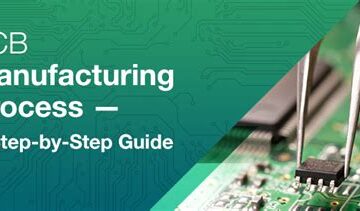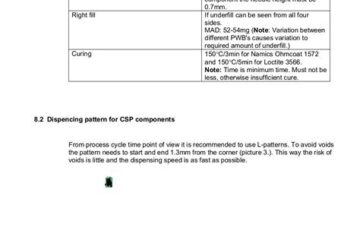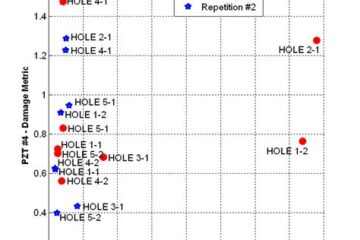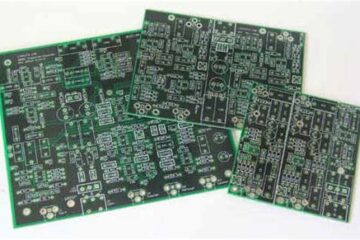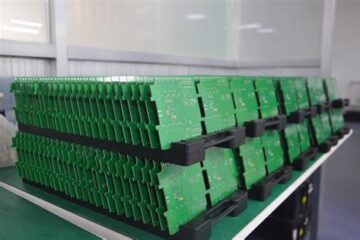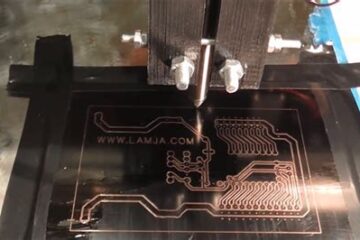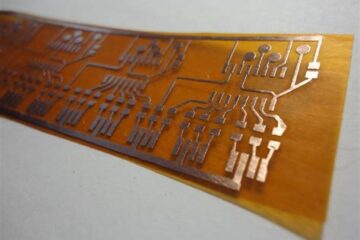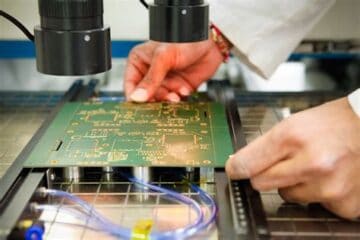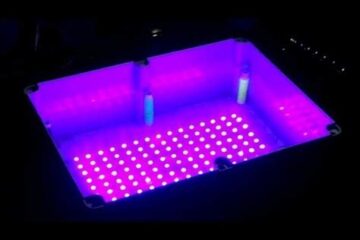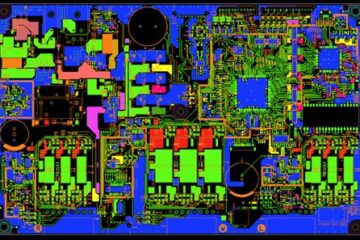PCBA
How much do you know about PCB Production?
What is a PCB? A Printed Circuit Board (PCB) is a flat, insulating board that supports and connects electronic components using conductive tracks, pads, and other features etched from copper sheets laminated onto a non-conductive substrate. PCBs are used in almost all electronic products, providing both mechanical support and electrical connectivity for components such as resistors, capacitors, integrated circuits, and connectors. Types of PCBs There are three main types of PCBs: Single-sided PCBs: These boards Read more…
